Aymeric Fouquez
Nord
2005–2008
“History is the subject of a construction,” philosopher and literary critic Walter Benjamin once wrote. In 2014, one hundred years after the start of the First World War, the topic swept through the German cultural and media landscape for a while: Television documentaries, art exhibitions and new book publications shed light on the Great War, against the backdrop of its existential consequences for world affairs more intensively than ever before. But it is clear that the culture of remembering which has emerged from those fateful years of war differs strongly in the countries involved. Whereas in France, for example, the First World War has always been present as part of the country’s collective memory and has remained conspicuous thanks to countless monuments, public memory in Germany focuses rather on the horrors of the holocaust.
The series “Nord” by young French photographer Aymeric Fouquez reflects the phenomenon of historical memorial sites in a very individual way. His quiet, withdrawn images of landscapes show cemeteries of British soldiers who died in northern France and Belgium during the First World War. These sites have been part of the typical scenery in these regions ever since the government allocated small plots of land on the former battlefields to the nations involved to allow them to bury their dead soldiers.
In cool, pale colors, mostly taken from a raised position and at a uniform distance to their subject, these pictures are invariably reminiscent of the photographic tradition of Bernd and Hilla Becher, who documented German industrial architecture in objectively analytical series of photographs from the late 1950s onwards. But Fouquez is not just concerned about comparing formal similarities and discrepancies. His grey-white, expansive, hermetic sky hanging low over the horizon creates too much of a stage for the subtle fabric of the landscape’s colors, surfaces and shapes to be neutral.
Indeed, the small enclosures with their bare, strictly linear rows of gravestones standing next to disused factory buildings, power lines, concrete country roads or field boundaries often only become apparent at second glance. Their immediate surroundings may only vaguely evoke the principle of remembrance, for which they were once created, but “Nord” does not present caricatures: Although the modern world is increasingly taking up more space, it nevertheless stops respectfully at the low, impassive walls of these plots. Aesthetic islands surrounded by agricultural landscape, the cemeteries prove their ability to coexist, lending their surroundings an enduring historical gravitational force.
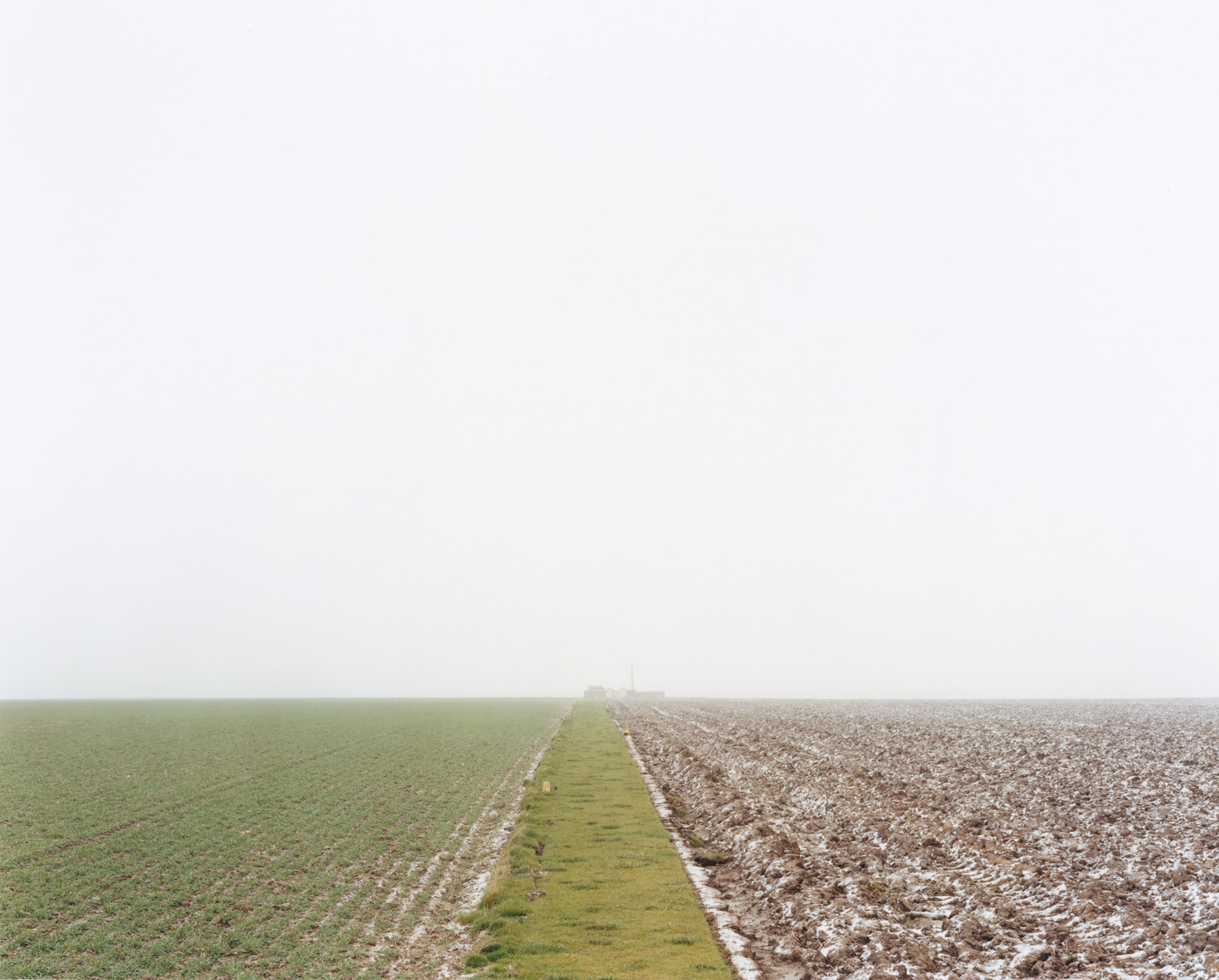
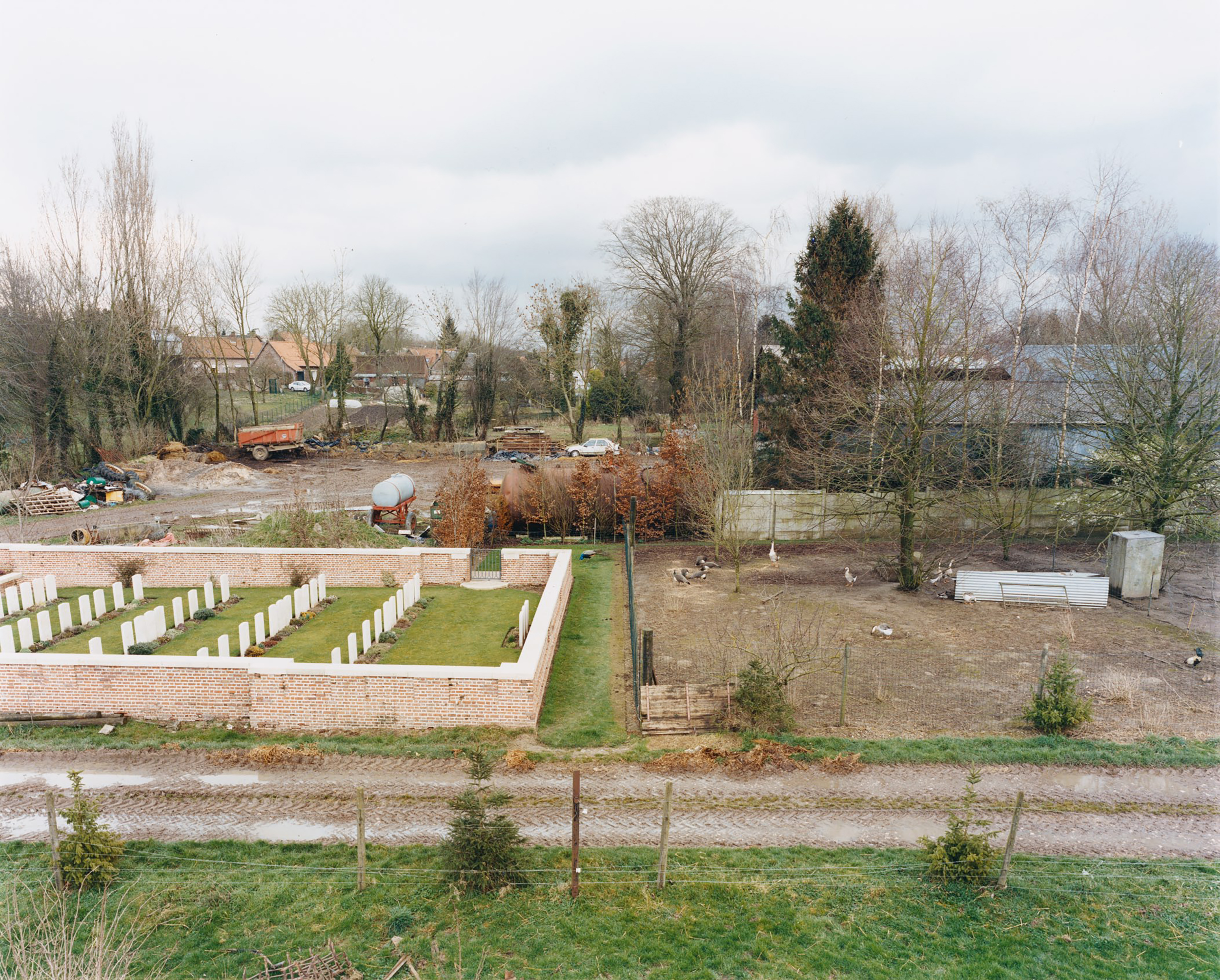
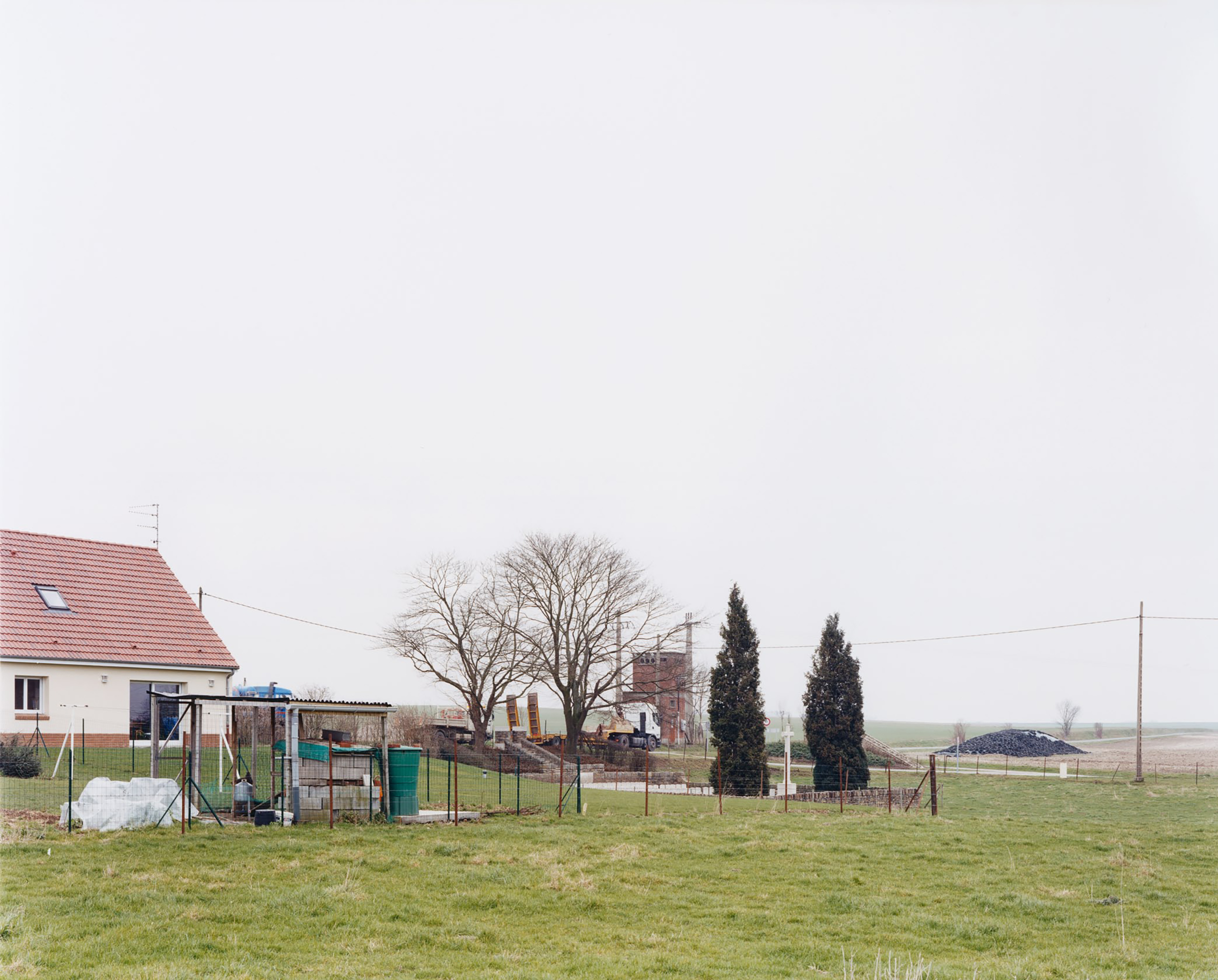
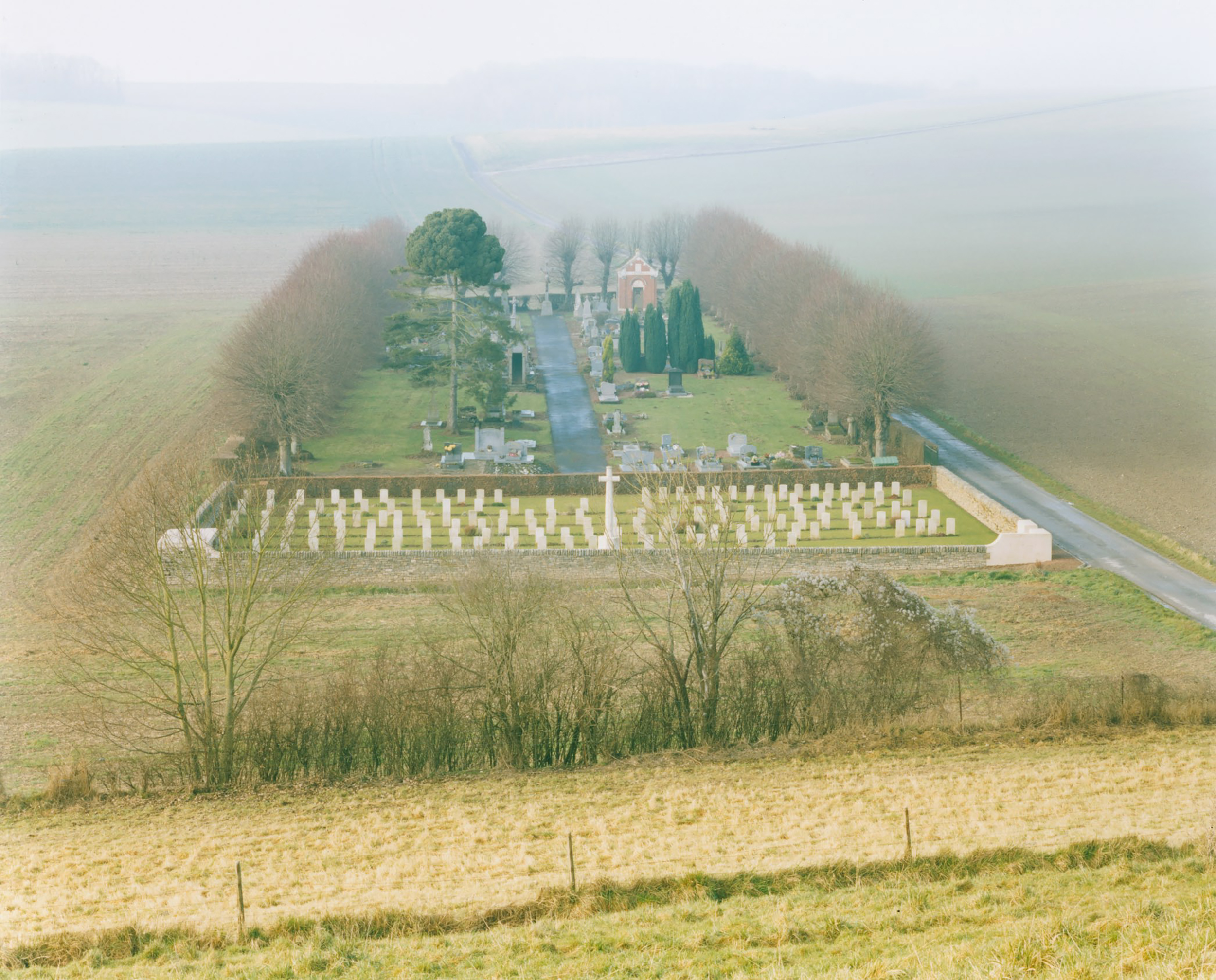
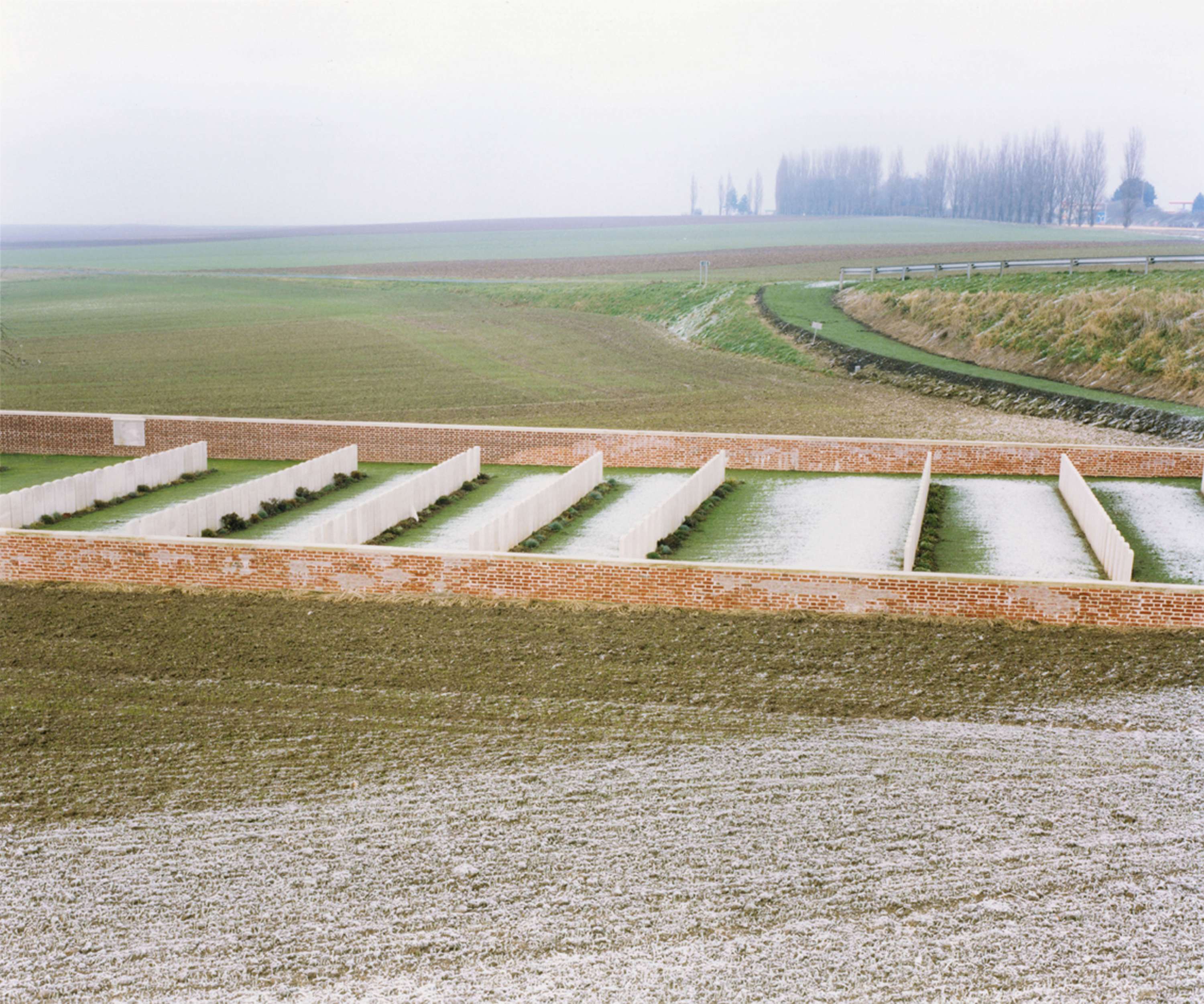
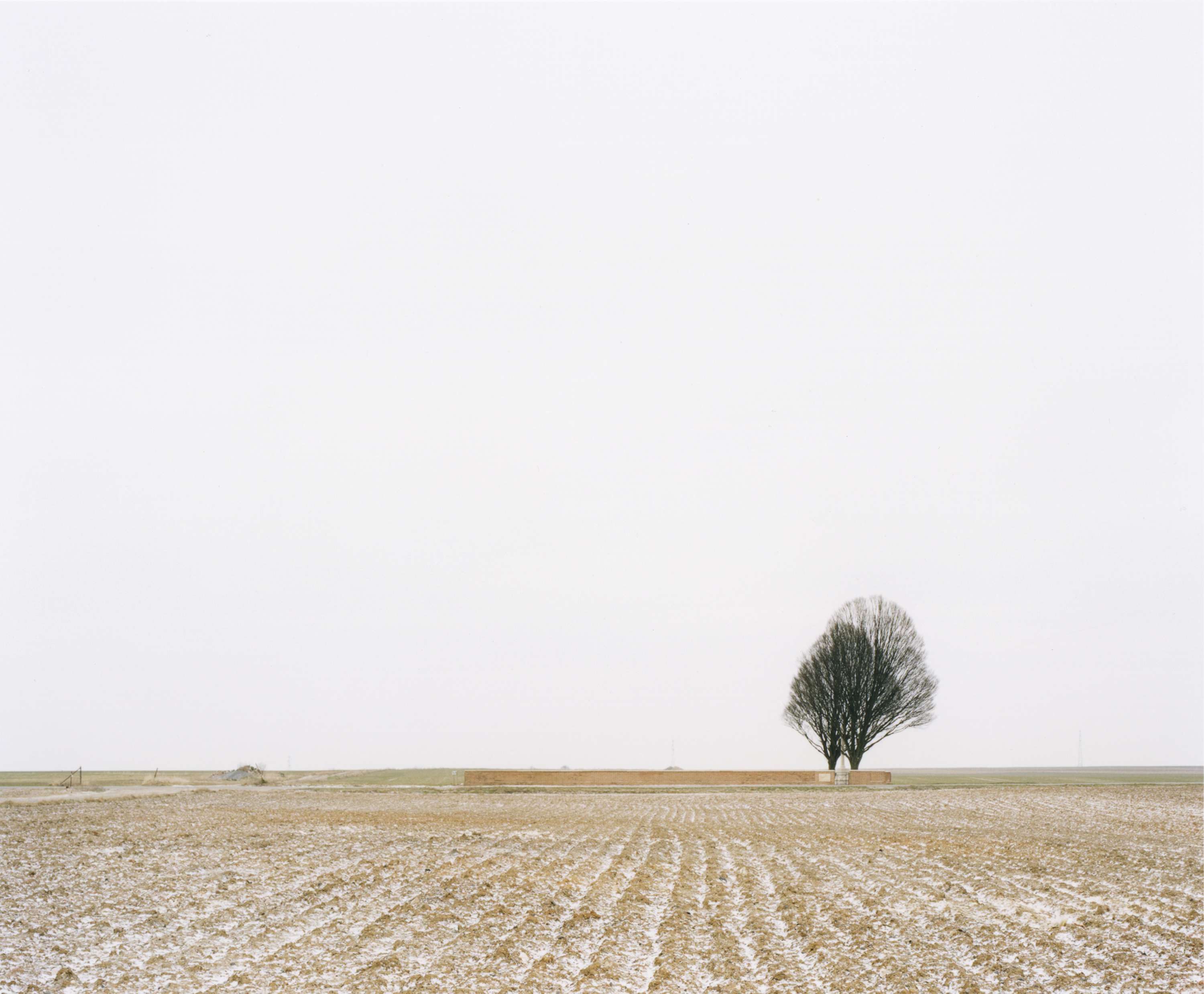
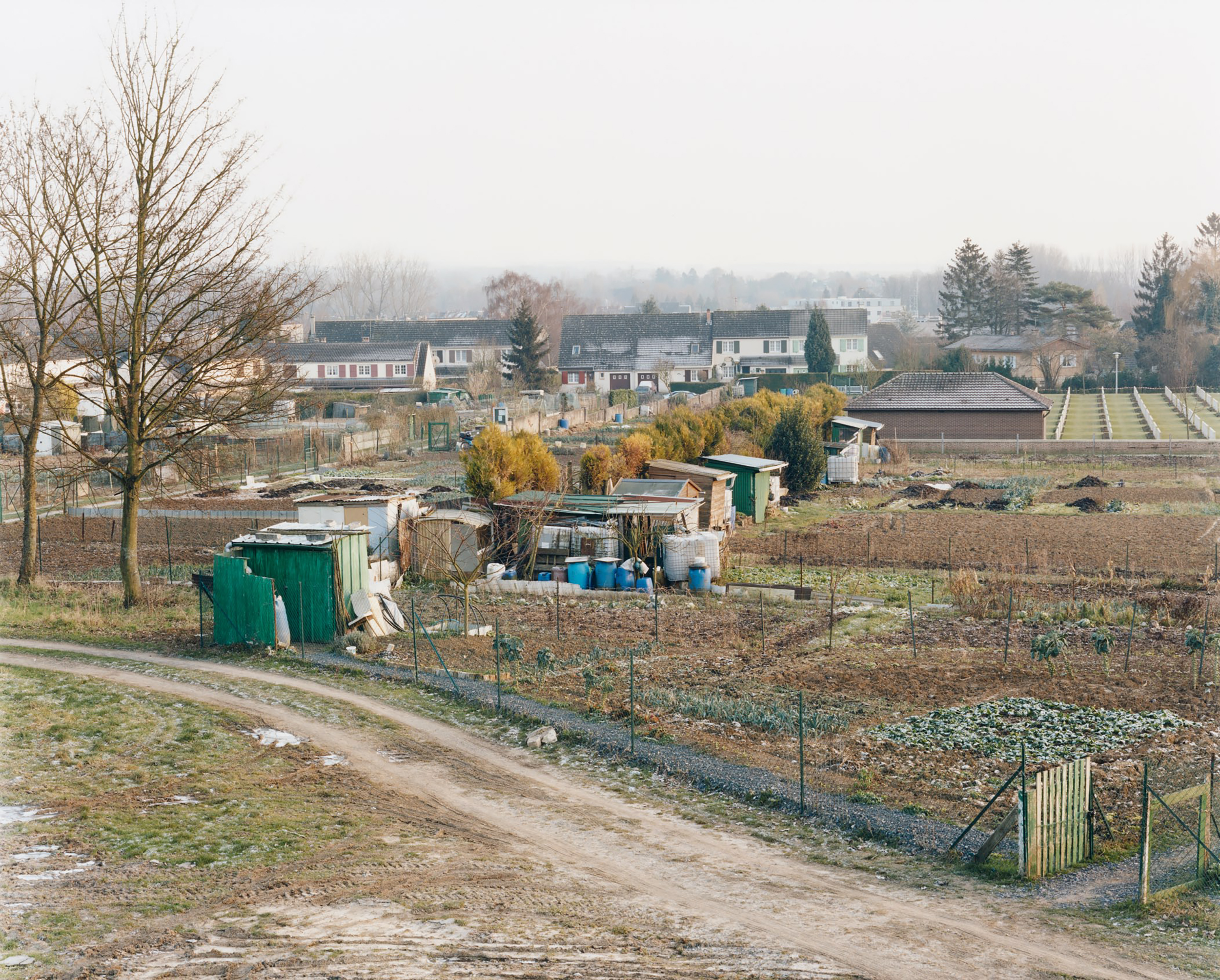
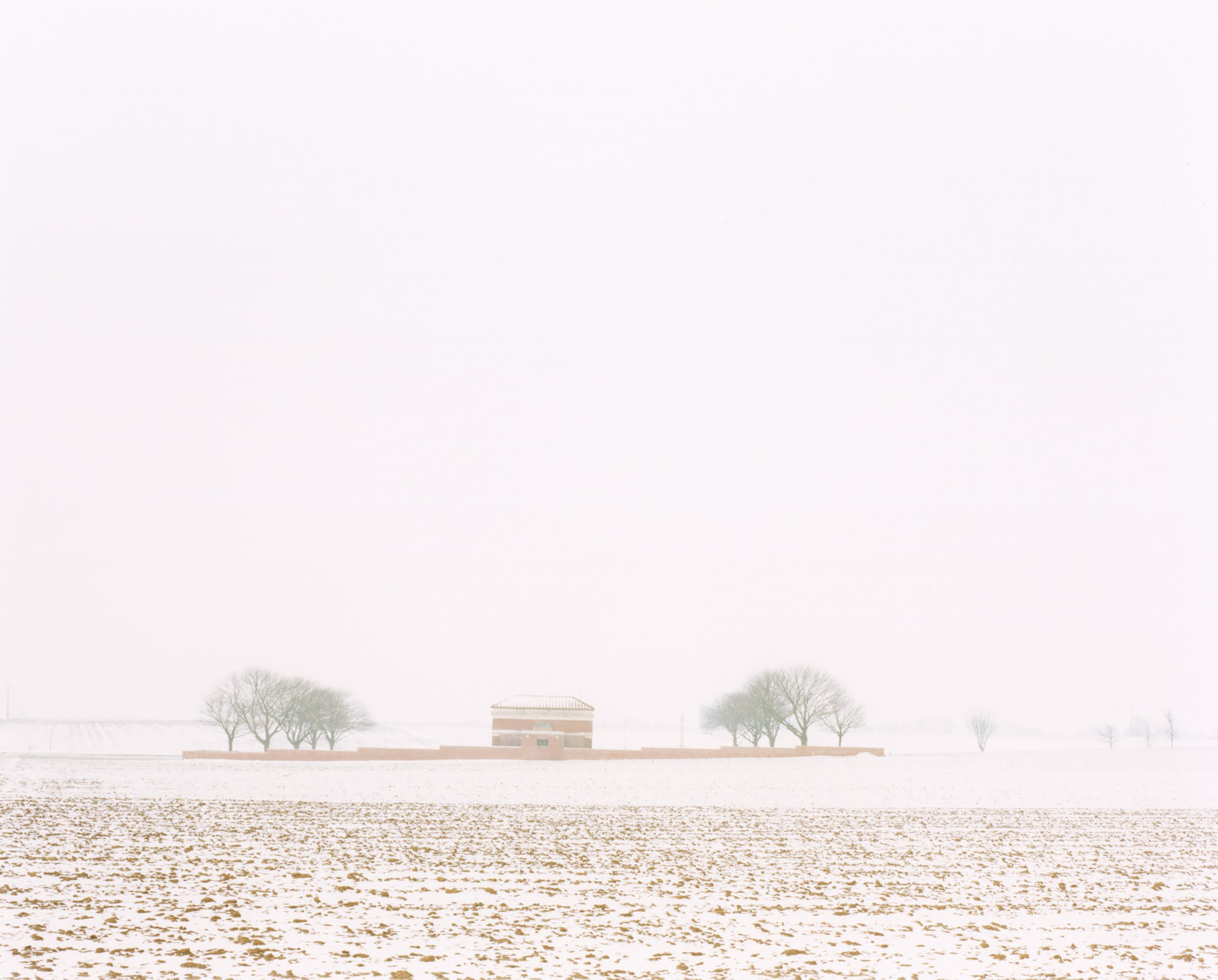
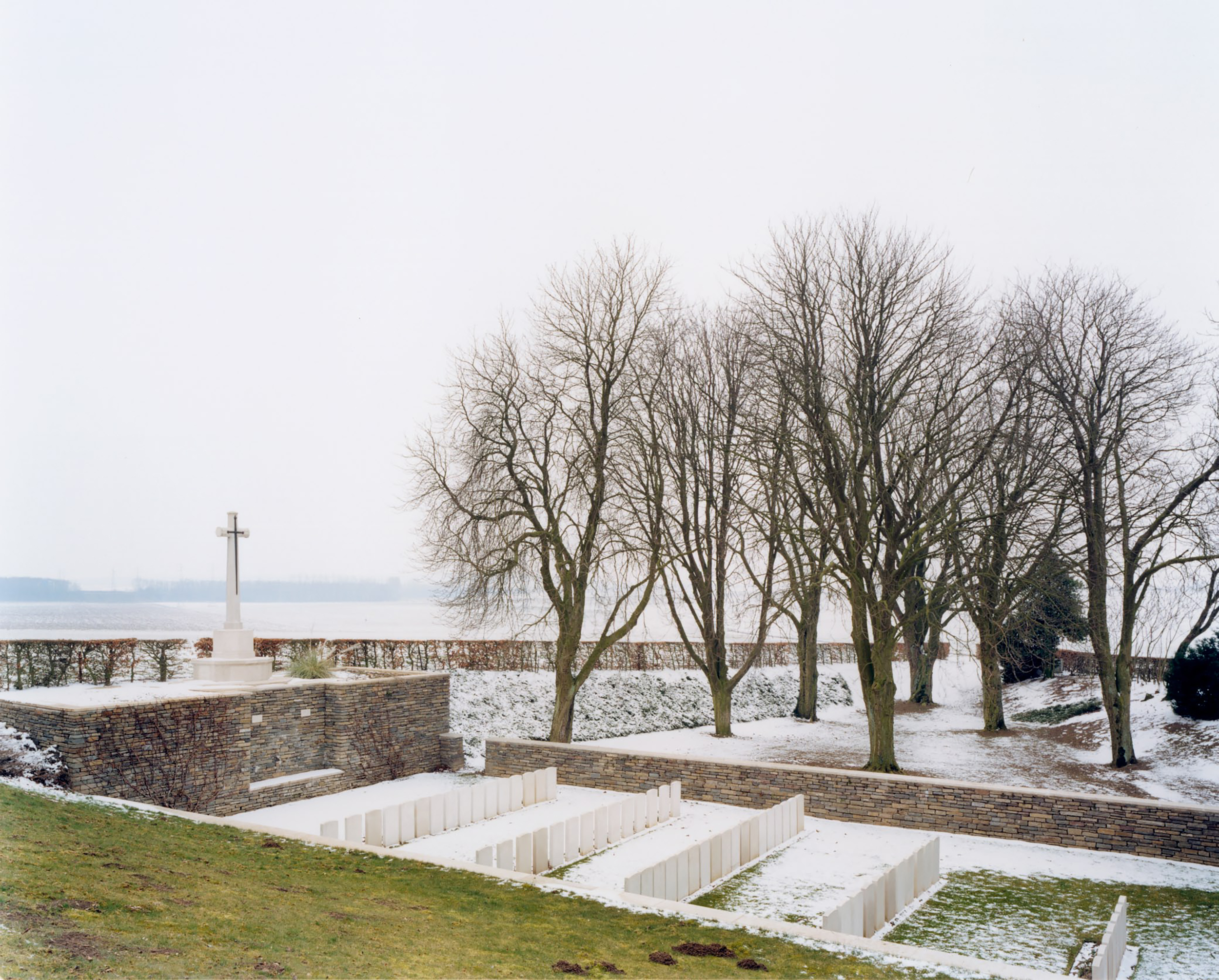
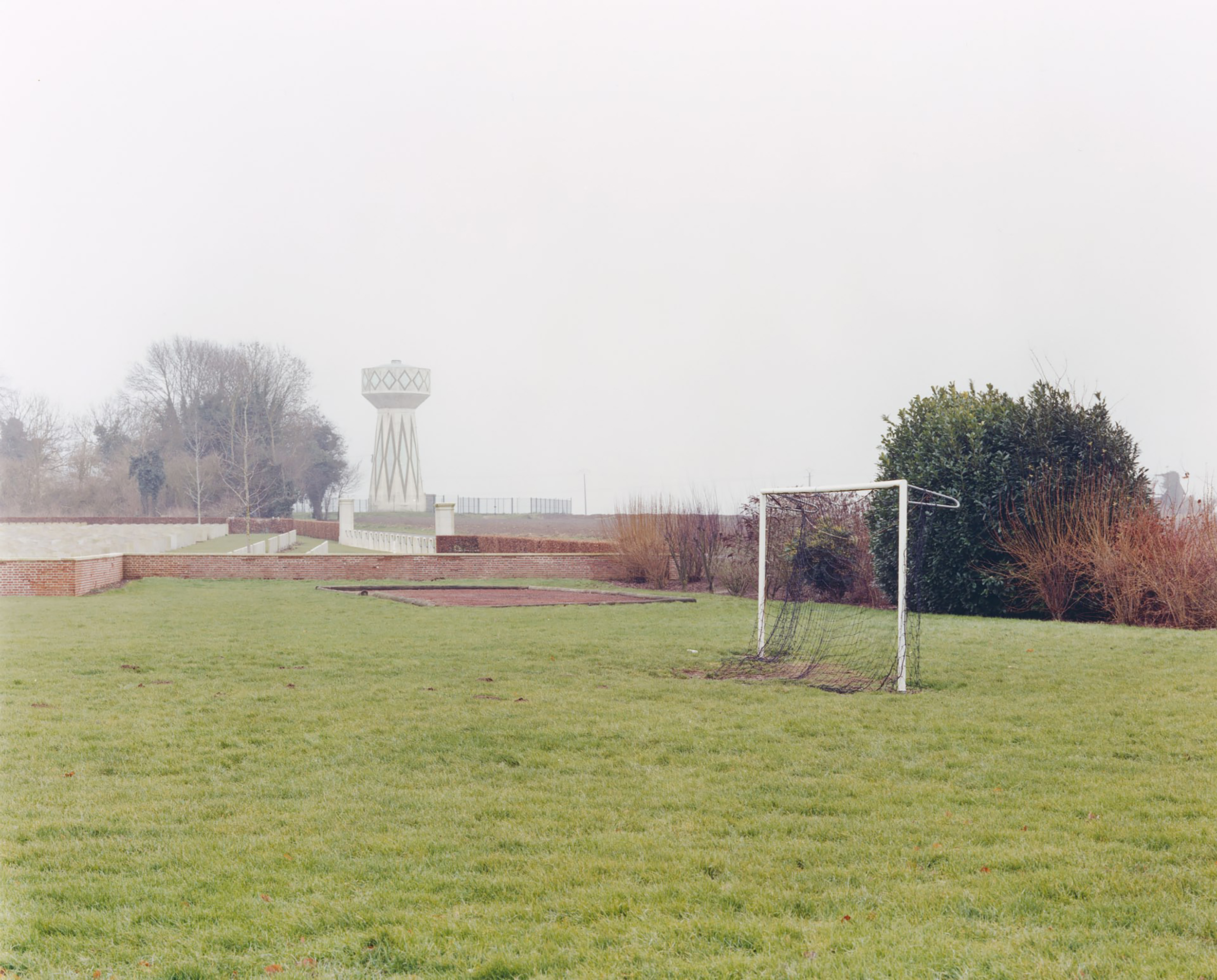
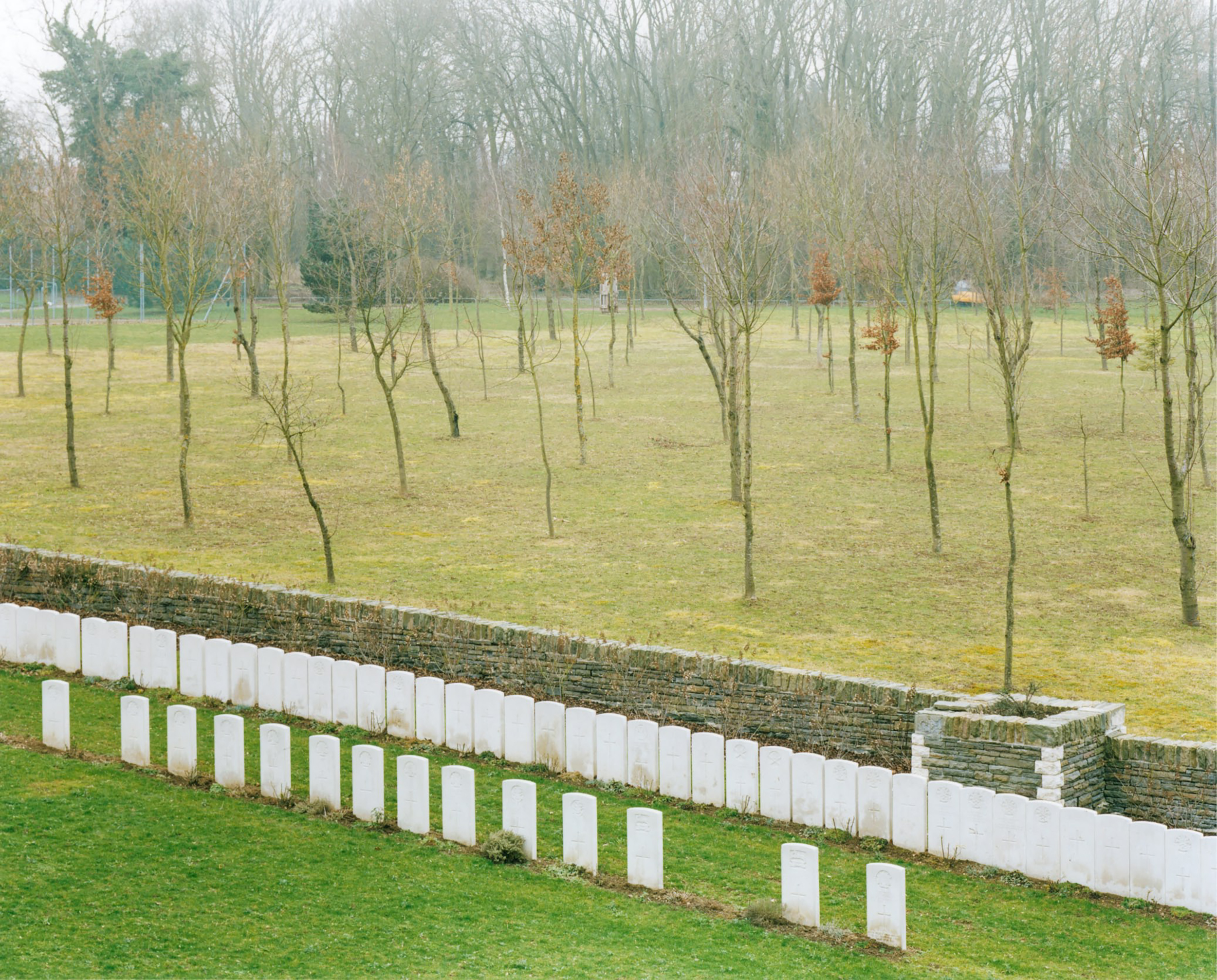
Gallery: Les Douches la Galerie, Paris
Text: Deutsche Börse Photography Foundation
Publié: Octobre 2018
Catégorie: Photographie
Source